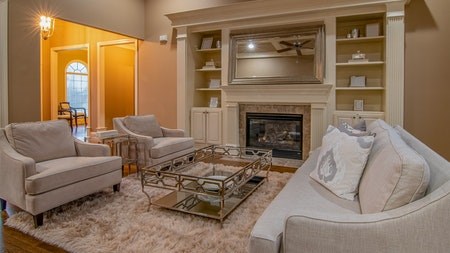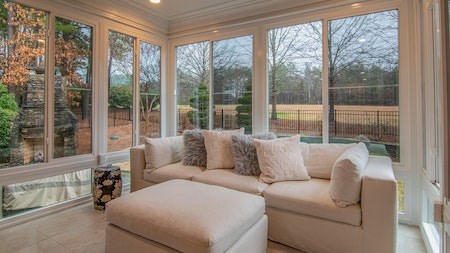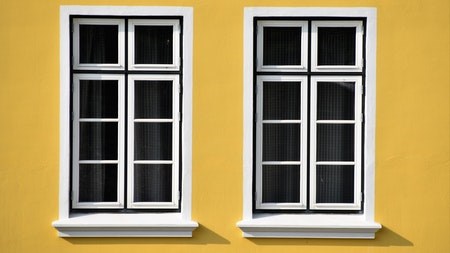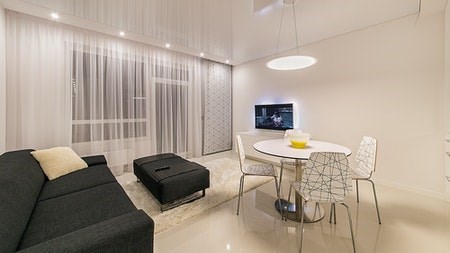A home can quickly become an obstacle course when new disabilities affect your life. Stairs, doorways, passages, bathrooms, and doorknobs may become overwhelming challenges, and some surfaces may suddenly be hazardous.
Fortunately, there are ways of updating your home to ensure your safety and comfort and enable independent living without needing to move.
How you transform your property into a comfortable home for you or your loved ones living with disabilities will depend on your available budget. Some options may be beyond your means, but many are feasible for most homeowners and could also increase the value of your property.
Stairs
Stairs are a hazard for anyone with limited mobility and become impassable obstacles for those in wheelchairs. Even single storey homes are likely to have one or two steps at entrances.
For homes with just a few steps, ramps could be the answer.
Threshold ramps will make entrances easily accessible.
Collapsible ramps can be easily stored close to where they are needed.
Portable ramps can quickly transform any step into a wheelchair-accessible entry.
When choosing or building a ramp, keep in mind that the slope should be no more than 2:1.
To rise by one metre you need a two metre ramp. Wheelchair users cannot manage slopes that are any steeper, so accidents are bound to happen.
For multi-level homes with staircases, installing a stair lift will level out your home-making it safely accessible. Stair lifts come in a wide variety of styles. Install them as permanent home modifications, and some – such as portable stair climbers - can be moved around the home for use where needed.
If your budget allows, you could consider installing a lift. Lifts can be elegant, safe, reliable, and swift, and you can integrate them into an existing building. Installation costs are high, but a lift will significantly increase your home’s value. It will also make your home accessible to anyone.
Bathrooms
Bathrooms present many obstacles, like slippery tiles and bathtubs with tall sides, which are difficult for people with disabilities to negotiate.
Wall-mounted grab rails will decrease the risk of falls, and enable you to lift yourself from a seated position.
A flush floor shower with a fold-up seat and grab rails may be preferable to a bathtub.
A raised toilet with grab rails within easy reach will encourage independence.
Mixer taps with lever handles on basins and bathtubs are easier to use.
Bathroom mirrors at eye level are ideal for wheelchair users.
A walk-in bath allows you to step into the tub through a door rather than climb over the side, reducing the risk of falling. Internal grab rails can be fitted to provide the stability and security you need to bathe comfortably. Some walk-in baths have the option of a battery-operated seat to lower you into the bath and raise you back up when you finish bathing. You can also add hydrotherapy spa jets.
A bath lift is a less expensive option if you prefer not to replace your current bathtub. There is a wide range of options available in South Africa. Minimal installation know-how is required and there is no need to remodel or retrofit your existing bathroom.
Whichever option you choose, you should consider lining the tub with a slip-resistant surface for added peace of mind.
Doorknobs
Many styles of doorknobs are challenging to use for people with disabilities.
Replacing doorknobs with press lever handles or push/pull bars will make your home more accessible.
A more expensive option is to install automatic doors for hands-free living. These doors enable users to open any entrance with the push of a button. You can install automatic doors are quickly and easily. They can also be customised to be activated from devices, such as wheelchair control switches, wall push pads, and home control systems. The doors can also be used manually if needed.
Interior layout
Take a critical look at the layout of your home to see if your furniture is placed properly so that fewer mobile people or those in wheelchairs can easily move around.
Arrange the furniture in such a way that there are no sharp turns or narrow walkways.
Remove loose floor rugs or place them in areas that are not much used by people with disabilities.
Position furniture with sharp edges like chairs and tables away from walkways.
Make sure that chairs, couches, and bookshelves are easy to access.
Move kitchen plates and utensils to lower shelves to be accessible to those in wheelchairs.
Flooring
Some floor surfaces can cause problems for people with disabilities. Tiles and hardwood floors can be slippery, and thick rugs, brick paving, and rough grout can be tricky to walk on if you are using walking aids such as walkers and canes.
Vinyl flooring is inexpensive, waterproof, scratch-and-stain resistant. It is also comfortable underfoot and easy to clean. It comes in a wide range of colours and styles and is suitable for all rooms in the home.
Fitted carpets are suitable for bedrooms and lounges.
Non-slip tiles or laminated flooring are easier to clean than carpets.
Be sure to install non-slip mats in bathrooms and showers.
More tips
To accommodate wheelchairs and walking frames, the house should have slightly wider doors and passages.
Other features that could be included are:
Fit sliding doors for cupboards and bedrooms instead of hinged doors. Sliding bedroom doors can be fitted with overhead rails if there is not enough space next to the doorjamb for the door to slide open.
Fit plug sockets higher on the walls so they are easily accessible.
Glass sliding doors should have very visible signage, to avoid anyone walking – or riding - into them.
These modifications should enable you to live comfortably in your current home for many years. They also work for able-bodied people, so they aren’t wasted if you sell your home in the future.




